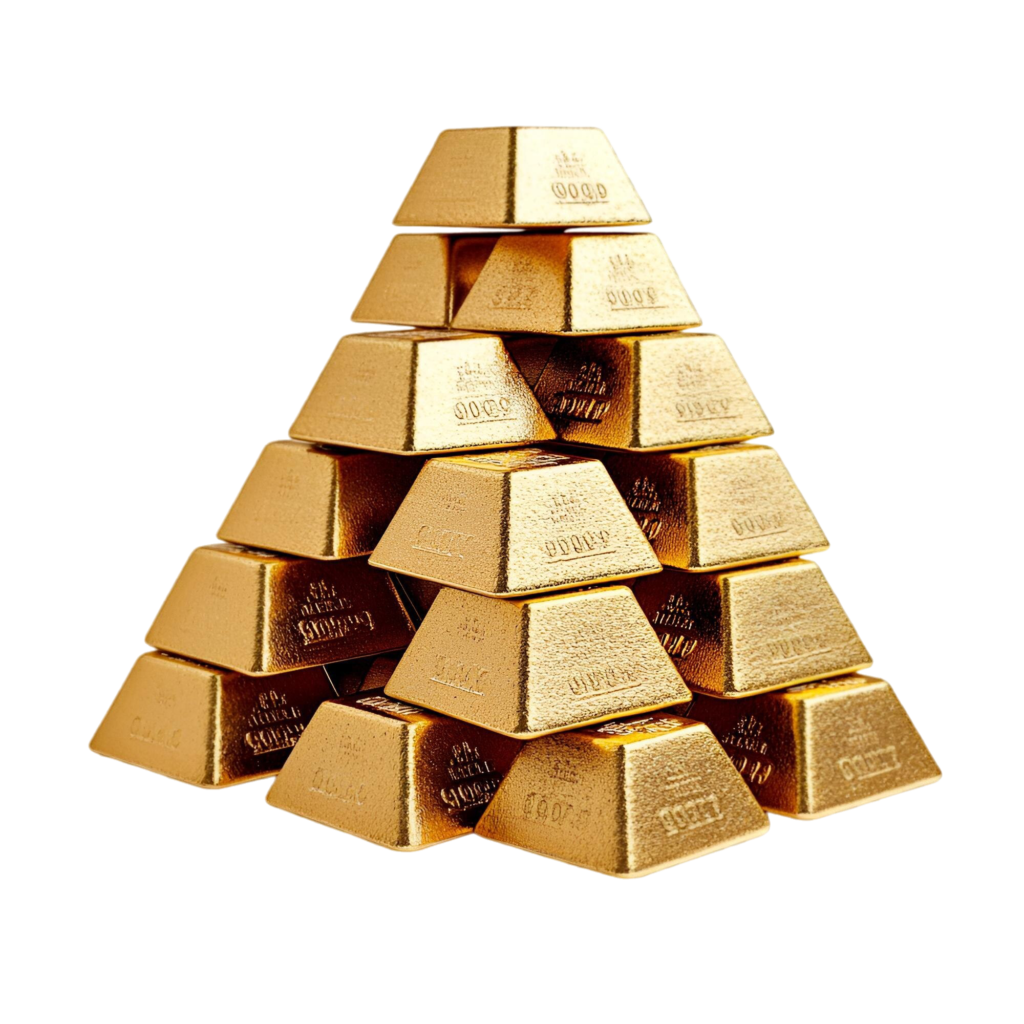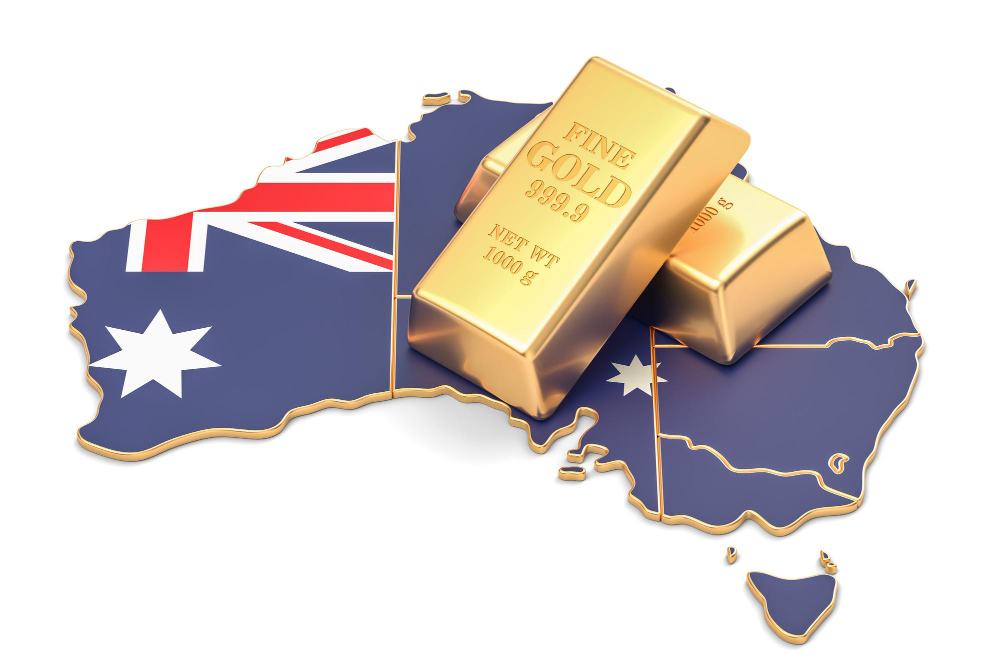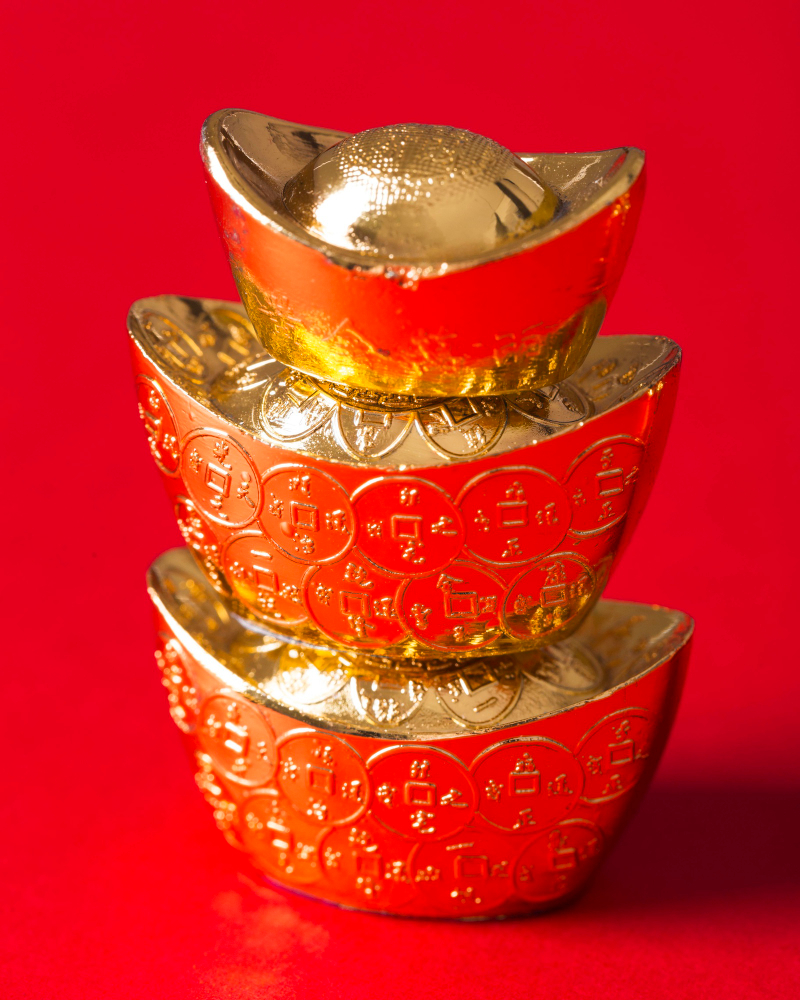Does Australia’s gold still exist? This question emerged prominently in November 2022 when Senator Gerard Rennick challenged the Reserve Bank of Australia (RBA) regarding the nation’s 80 tonnes of gold stored at the Bank of England (BoE). He cited serial numbers and refining dates suggesting the gold had been melted down and refined from 2015 onwards, with some activity as recent as 2020. Rennick labeled it a serious concern then, and now, in February 2025, the issue has resurfaced with renewed urgency. The catalyst? Growing doubts in the United States about its own gold reserves, coupled with the absence of an independent audit verifying Australia’s holdings. Is our gold secure, or are we relying on unverified assurances?
Rennick’s 2022 Inquiry
During the Economics Legislation Committee session on November 10, 2022, Senator Rennick questioned Dr. Christopher Kent of the RBA: Did the BoE seek permission to melt down Australia’s 80 tonnes of gold before refining it from 2015 onwards? Rennick stated he had been provided with serial numbers and dates indicating the original bars were either removed or transferred. Kent responded by asking if Rennick was suggesting the BoE had melted the gold. That was precisely his contention. An RBA memo, Rennick noted, acknowledged the existence of counterfeit gold bars and duplicate serial numbers. He described this as a “trespass to chattel”—an unauthorized interference with Australia’s property. Does Australia’s gold still exist in its original form, or has the BoE acted without oversight?
Kent countered that the RBA lends gold as a “paper transaction,” meaning physical bars remain in place, though different bars meeting strict standards might be returned. Rennick pressed further: If counterfeit bars exist, how can the RBA ensure the gold returned is genuine? Kent maintained that Australia’s “Good Delivery” bars—larger and of higher standard—are unaffected by issues with smaller, fraudulent bars. Yet a critical question persists: Where is the independent audit, conducted by an entity outside the RBA or BoE, confirming the gold’s presence and integrity? No such verification exists.

The State of Australia’s Reserves
Australia’s gold reserves—2.5674 million fine troy ounces, valued at approximately AUD 6.87 billion according to the RBA’s 2022 audit—are predominantly held at the BoE, with a small portion in Sydney. Designated as “allocated,” these reserves are linked to specific bars with unique serial numbers, intended to ensure their security and ownership. But does this gold still exist as designated? The RBA’s history raises doubts: in 1997, it sold 167 tonnes at USD 331 per ounce, a decision widely criticized as gold prices have since climbed above USD 2,000. The RBA continues to lend or swap portions—earning AUD 1.3 million in 2020/21—while asserting the core holdings remain intact. Without an independent examination of every bar, how can this be confirmed? Does our gold still exist, or are we dependent on untested claims?
Potential Manipulation
Refining gold erases its identifying features, potentially enabling it to be swapped, leased, or sold without detection. In 2022, Rennick referenced former Federal Reserve Chair Alan Greenspan’s 1997 statement that central banks lease gold to suppress prices. Gold ranks as Australia’s third-largest mineral export, generating $28 billion annually, far exceeding beef exports at $11 billion. Why, then, does the RBA lease it for minimal returns, potentially undermining the profitability of an industry supporting over 100,000 jobs? Kent explained it as aiding producers who require gold before extraction. Yet, if physical bars remain stationary, as he claimed, how does this function? Does our gold still exist, or is it entangled in a broader central banking strategy?

The RBA cites audits from 2013, 2019, and 2022, with the latter inspecting only 460 bars—8.74% of the total—asserting all is in order. However, these audits were conducted internally or by the BoE, not by an independent third party. No comprehensive, external review has cataloged all 80 tonnes, verifying each serial number. If Australia’s gold exists, why is there no definitive, impartial evidence?
A Timely Global Context
This issue has gained significant relevance in 2025 as the United States grapples with uncertainty over its own gold reserves. With over 8,000 tonnes held at Fort Knox and other locations, American officials and citizens alike are questioning whether decades of leasing, swapping, or losses have depleted their stockpile. Public opinion polls indicate widespread skepticism, fueling demands for thorough audits. If the world’s largest gold holder faces such doubts, what does this imply for Australia’s 80 tonnes, stored abroad without independent confirmation? Does our gold still exist, or are we confronting a parallel crisis of trust? This convergence of concerns elevates the debate to a matter of national and international importance.
Public and Political Resonance
The Australian public is increasingly vocal. Social media platforms like X label it “a national scandal,” with some speculating—despite RBA denials—that the gold may have been sold to foreign entities such as China. Others question the wisdom of entrusting it to the BoE: “If they hold it, how can we be certain?” Without an independent audit from an entity beyond the RBA-BoE framework, uncertainty prevails. Does our gold still exist, or are we unwise to rely on foreign custodians? Politically, this resonates with those wary of global financial systems, and with geopolitical tensions rising and gold prices surging, the issue demands attention.

A Call for Clarity
Rennick’s 2022 assertions—backed by his references to serial numbers, refining dates, and counterfeit bar admissions—remain unresolved. The RBA relies on its internal audits and BoE assurances, but where is the independent authority—such as a reputable forensic or financial oversight body—conducting a full inventory? No such entity has stepped forward. We advocate for a comprehensive, transparent audit by an external organization, free of RBA influence. Repatriation may be costly, but if Australia’s gold still exists, its presence must be proven beyond doubt. Does our gold still exist? Without rigorous, independent evidence, confidence is eroding—and that’s a risk we cannot afford.
